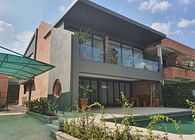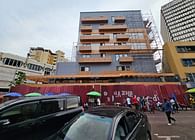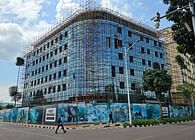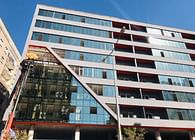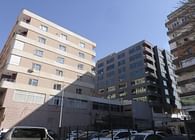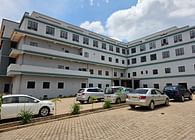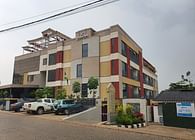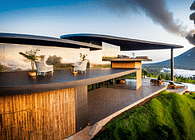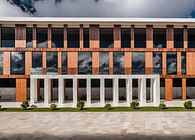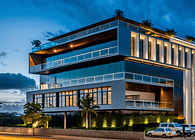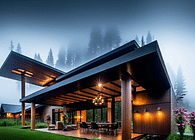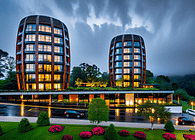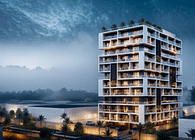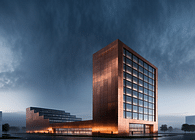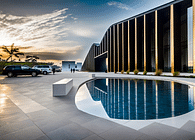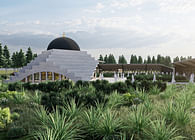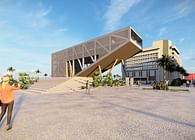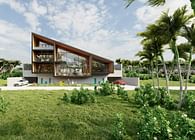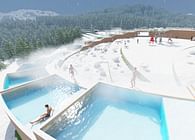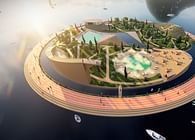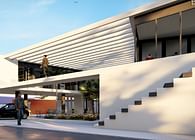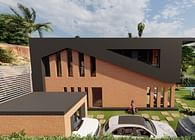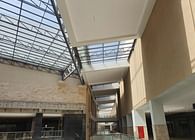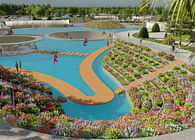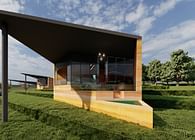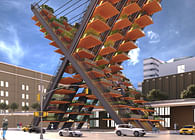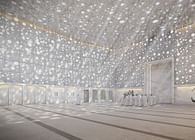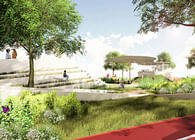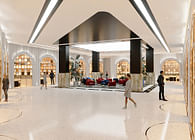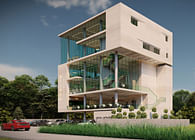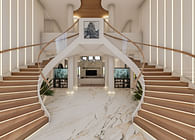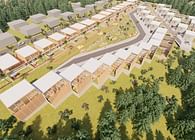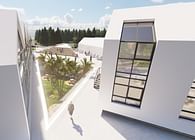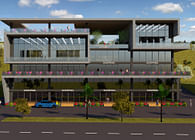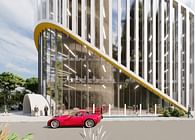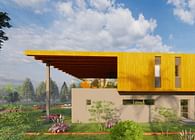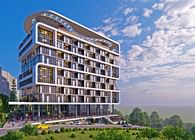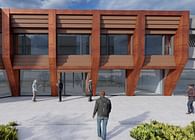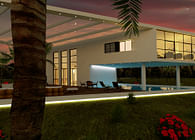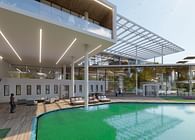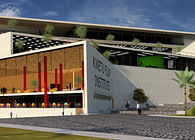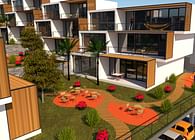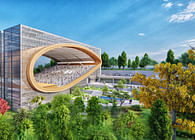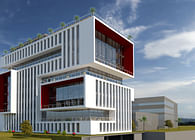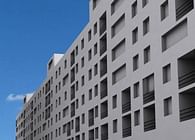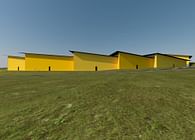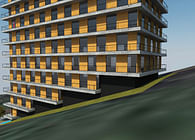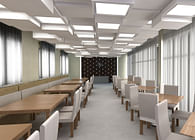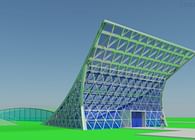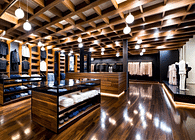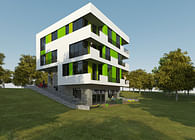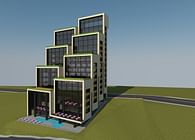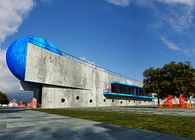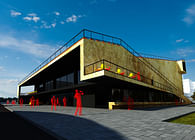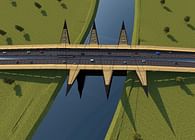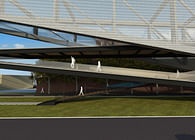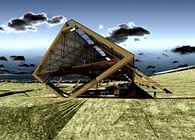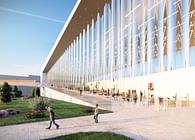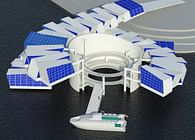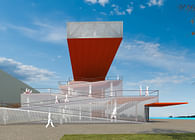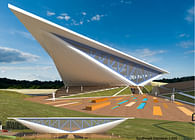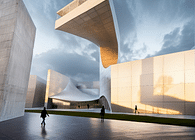
Tall Structures
The agenda of tall structures is one of the most relevant and significant issues concerning the contemporary architecture of Istanbul. In recent years, there has been a major increase in the construction of tall buildings in Istanbul, especially in the Levent-Maslak axis, namely the financial district of Istanbul. In this respect, the workshop will be studying the characteristics of this region, analyze the existing urban context in relation to architectural and infrastructural aspects, and offer potential models of tall structures that address the current observed problems in the area.
Local crafts will be investigated as active material systems for interior and exterior organizations and developed in relation to tall structures. As such, the tower, an architectural typology that has relatively kept a stable organizational structure and formal language since the end of the 19th century, will be challenged. The objective is to extract information from crafted models in terms of structural, material and performative behavior in order to explore computationally generated dynamic models for the tower typology.
Theme | Crafted Tower
Historically, architecture was based on crafts practices such as masonry, carpentry and metalworking. However, conventional use of crafts in architecture mostly applies to interior styling rather than integrated structural / spatial solutions. In this respect, in current design practices there is a tendency to observe crafts processes as ornamental applications and detach them from their material formation logic. In the historical perspective, the significance of crafted processes is that craftsmen have had an intricate understanding of materiality and material behavior. As such, the level of intricacy with regards to material behavior and performance is what we are looking for in our design experiments.
Below, you can find a list that is a breakdown of crafts processes and their potential translations to the digital and fabrication realms:
Step 1: List of Crafts
• Carving: Stone, wood
• Weaving: Natural fibers, carpet, textiles
• Casting: Ceramics / pottery, glass, metal
• Paper and Screen-based Medium: Calligraphy, miniature
• Metalsmithing and Jewelry: Extruding, pulling, battering, casting, welding
Step 2: Digital Processes Linking Crafts to Computation:
• Additive: Repetitive and recursive systems; Agent-based systems
• Subtractive: Erosive methods such as Particles; Boolean operations
Step 3: Digital Fabrication Processes
• Formative: Based on bending, folding, thermo-folding, pressing
• Additive: Based on deployment of material such as weaving, and layering
• Subtractive: Based on reduction / eroding of initial block of material such as carving
We can differentiate these processes as growth algorithms versus surface algorithms. Growth algorithms deal with generative processes such as weaving, layering, and carving; they point to the understanding of construction logics and material behavior. Surface algorithms on the other hand focus on the techniques of surface patterns and on treating the material as medium, such as calligraphy. Therefore, we can argue that growth algorithms work with the material itself, whereas surface algorithms use the material as medium/screen.
This approach will be transferred into understanding tall structures. The goal of the experiment is to explore the crafts not only as material behavior but also as a fabrication process. In crafts, material behavior and fabrication processes are interwoven; therefore, crafts can serve as an innovative starting point for the integration of the digital and physical realms.
As such, the questions we are aiming to explore are:
1. What do local crafts mean? Are they supposed to be confined within the boundaries of the ‘ornament’ or can they serve as ‘building technologies’?
2. Can we integrate growth algorithms and surface algorithms in different scales?
3. It is a well known fact that a small structure can be composed with crafts processes. However, can we test these techniques for a tall structure?
In this respect, tall structure becomes the extreme testing ground for experimenting with crafts techniques. As such, the aim is to explore new ways/methods of making tall structures by the convergence of cultural, material and structural techniques.
*This project was designed during the AA (Architecture Association) workshop.
Team members: Selim Senin, Tugce Alkaya, Mukaddes Oruc, Burak Ozturk
Status: Unbuilt
Location: Istanbul, TR
My Role: designer








